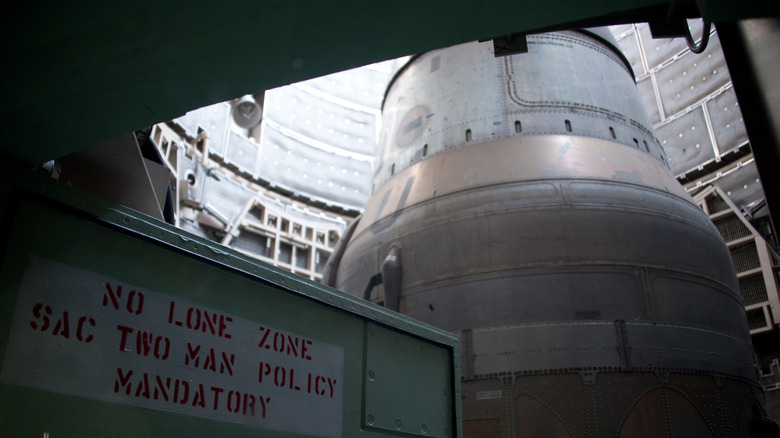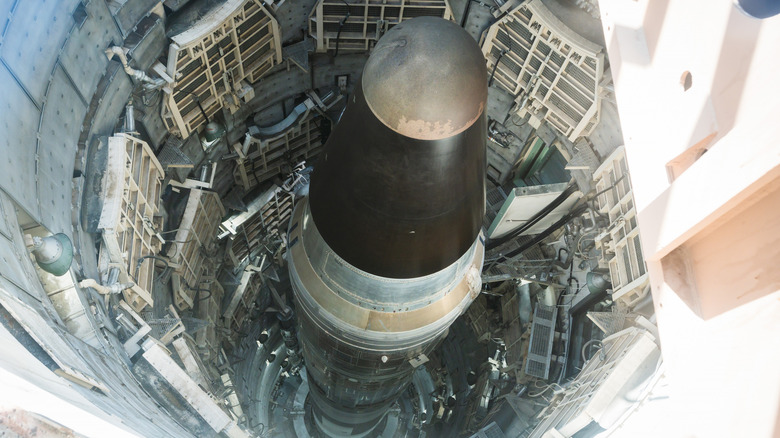How Long Can An Intercontinental Ballistic Missile Be Stored Away? (And What Happens When It Expires?)
The world's first Intercontinental Ballistic Missile (ICBM), the Soviet R-7 Semyorka, was successfully launched on August 21, 1957. The launch wasn't just a pivotal moment in the Cold War, it also changed the nature of warfare itself. Over the years, ICBMs have become faster and more accurate, but they still come with an expiration date.
Take the Minutemen family of missiles, for example. The Minuteman III, a key part of the United States' nuclear deterrent, began development in 1964 and has been in service since 1970. Originally, the Minuteman III had an estimated lifespan of about ten years, but its service life extended well into the 21st century thanks to extensive upgrades. The U.S. is now expected to rely on the Minuteman III through the 2030s.
What does this say about the shelf life, so to speak, of ICBMs? How long can an ICBM be stored away, and what happens when it expires? Here's what you need to know.
ICBMs age much faster than previously thought
In 2024, a team of Chinese rocket scientists discovered that ICBMs age much faster than previously believed. As the South China Morning Post reported, their study found that solid missile fuel degradation can occur within just 30 years — a shocking finding, since the fuel was previously thought to remain stable for more than 160 years under normal storage conditions.
The study revealed that the solid fuel propellant commonly used in ICBMs undergoes structural changes over time and becomes considerably more brittle, though it appears stable during storage. When it degrades, the fuel loses its ability to withstand the pressure experienced during launches. In other words, the risk of failure during ignition or flight increases dramatically within just 30 years. "This could be one of the fundamental reasons for the frequent ignition and test launch failures in recent years," the team, led by senior engineer Qin Pengju, hypothesized in their paper.
Indeed, a number of notable ignition and test launch failures have taken place in recent years. In November 2023, a U.S. Minuteman III missile had issues during its flight and was self-destructed. Just a few months later, a British Navy Trident II missile failed during a submarine launch. Both of these missiles rely on solid fuel propellants. While these failures don't compare to some of the worst military accidents involving nuclear weapons throughout history, they are certainly reason for concern for any nation that relies on solid-fuel missiles to maintain its nuclear deterrent.

